Description
Introduction
Pigging pigs play a critical role in transporting fuel resources across vast distances. Ensuring their smooth operation is vital for both economic and environmental reasons. Preventing problems in gas pipelines, such as blockages, corrosion, and leaks, is essential for maintaining safety and optimal flow rates.
Pipeline pigging pigs are specialized tools employed in the oil and gas industry to address flow assurance challenges. They contribute to the efficiency and safety of gas pipelines by removing obstructions, cleaning pipeline interiors, and conducting inspections. This article delves into the concept of pigging, its importance, and EMT’s expertise in providing top-notch pigging solutions.
The Concept of Pigging in Oil and Gas Pipelines
Pigging refers to the process of using devices called pipeline pigs to perform various functions within oil and gas pipelines. These functions include purging, cleaning, and inspecting the interior of the pipeline. Pigging is a critical aspect of maintaining pipeline integrity and ensuring a continuous flow of products.
The purpose of pigging goes beyond merely cleaning pipelines. It also involves assessing the condition of the pipeline and detecting potential issues, such as corrosion or fractures, that may require repair or replacement. Professional expertise is crucial in carrying out pigging operations safely and effectively, as it ensures that the process is conducted with precision and care.
The Significance of Pipeline Pigging
Pipeline pigs play a critical role in maintaining the efficiency and integrity of gas pipelines. Some key justifications for pigging gas pipelines include:
- Keeping pipelines clean and obstruction-free: Pigging helps remove debris, deposits, and other materials that could impede the flow of gas in the pipeline.
- Ensuring optimal flow integrity: By maintaining a clean and obstruction-free pipeline, pigging ensures that the flow rate and pressure within the pipeline remain consistent and efficient.
- Inspection and planning remedial operations: Pigging allows pipeline operators to inspect the interior of the pipeline for potential issues that may require repair or replacement, facilitating proactive maintenance and reducing the risk of pipeline failures.
The Pipeline Pigging Process
The pipeline pigging process involves several components, including the pig, pig launcher, and pig receiver (pig trap). The pig is the device that travels through the pipeline, performing its intended function. The launcher and receiver facilitate the insertion and retrieval of the pig from the pipeline.
During the pigging process, the pig is launched into the pipeline using the pig launcher and propelled through the pipeline by the flow of the product. As the pig moves through the pipeline, it collects debris, grease, and other impurities. It is then retrieved by the pig receiver. Competent professionals are essential for carrying out pigging operations safely and effectively.
Types of Pipeline Pigs
There are various types of pipeline pigs used in the oil and gas industry, each with its own unique function and application:
- Utility pigs: These include mandrel pigs, solid cast pigs, foam pigs, and spherical pigs. They are primarily used for cleaning and debris removal.
- Gel pigs: These pigs are used in “unsingable” lines and can be used alongside other pig types. They are designed to remove liquids and fine particles from the pipeline.
- Inspection pigs (smart pigs): Equipped with electronic components, these pigs provide advanced inspection capabilities, such as detecting corrosion, cracks, and other pipeline anomalies.
- Specialty pigs (plugs): These pigs are used for sealing sections of the pipeline during remedial activities, such as repairs or replacements.
Frequently Asked Questions
Q1: What is pigging in the context of gas pipelines?
A1: Pigging in the context of gas pipelines refers to the process of using specialized devices called pigs to perform various functions within the pipelines. These functions include purging, cleaning, and inspecting the interior of the pipeline to ensure its integrity and maintain a continuous flow of products.
Q2: What is the significance of pipeline pigging?
A2: Pipeline pigging plays a crucial role in maintaining the efficiency and integrity of gas pipelines. It helps keep the pipelines clean and obstruction-free by removing debris and deposits that could impede the flow of gas. Pigging also allows pipeline operators to inspect the pipeline for potential issues, such as corrosion or fractures, facilitating proactive maintenance and reducing the risk of pipeline failures.
Q3: What is the pipeline pigging process?
A3: The pipeline pigging process involves several components, including the pig, pig launcher, and pig receiver. The pig is inserted into the pipeline using the launcher and propelled through the pipeline by the flow of the product. As it moves, the pig collects debris and impurities. It is then retrieved by the pig receiver. Competent professionals are essential for safely and effectively carrying out pigging operations.
Q4: What are the types of pipeline pigs used in the oil and gas industry?
A4: There are various types of pipeline pigs used in the oil and gas industry. These include utility pigs (such as mandrel pigs, solid cast pigs, foam pigs, and spherical pigs) used for cleaning and debris removal, gel pigs designed to remove liquids and fine particles, inspection pigs (smart pigs) equipped with advanced inspection capabilities, and specialty pigs (plugs) used for sealing sections of the pipeline during remedial activities.
Q5: What expertise does EMT offer in pipeline pigging services?
A5: EMT specializes in providing top-notch pipeline pigging services. Their expertise ensures that gas pipelines remain clean, obstruction-free, and well-maintained. They offer a range of pigging solutions, including purging, cleaning, and inspection, to help maintain pipeline integrity and optimize flow rates. For more information or to request a quote, please contact EMT.
Pipeline Maintenance
Pipeline maintenance is an essential aspect of the oil and gas industry, ensuring the safe and efficient transportation of valuable resources. It involves a series of preventive measures, inspections, and repairs to maintain the integrity and functionality of pipelines. Pipeline maintenance is vital for preventing operational disruptions, environmental damage, and safety hazards, which can result from pipeline failures or leaks.
In conclusion, pipeline maintenance is a critical aspect of the oil and gas industry, requiring a comprehensive approach that includes inspections, cleaning, corrosion protection, repairs, and personnel training. By diligently maintaining pipelines, operators can reduce the risk of failures, minimize environmental impact, and ensure the safe and efficient transportation of valuable resources.
Conclusion: EMT’s Expertise in Pipeline Pigging Services
The importance of pipeline pigging in maintaining gas pipeline efficiency and safety cannot be overstated. EMT’s expertise in providing pigging services ensures that pipelines remain clean, obstruction-free, and well-maintained. For more information on EMT’s pipeline pigging services or to request a quote, please contact us.

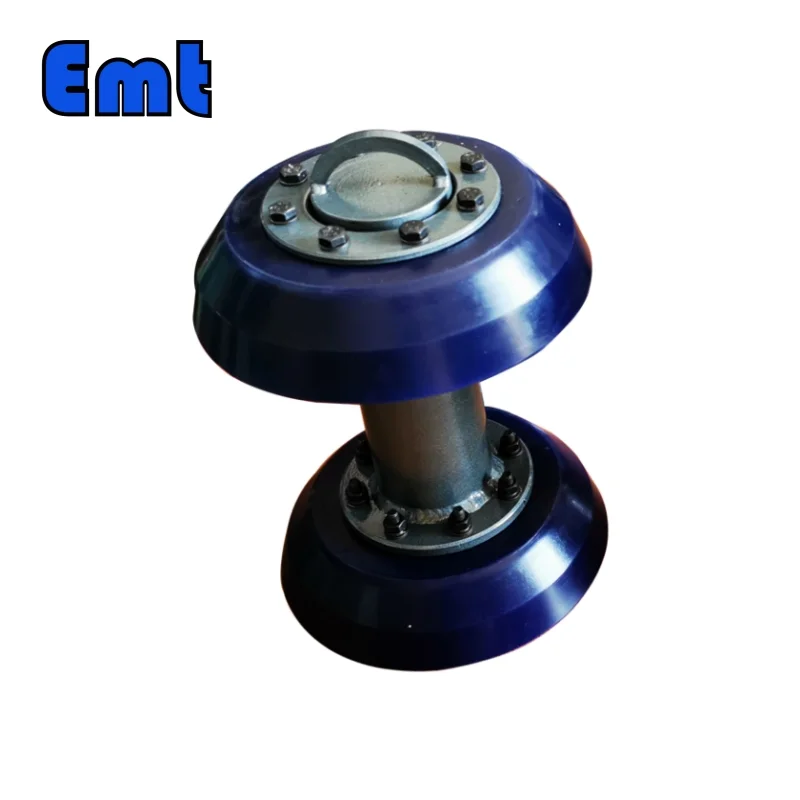
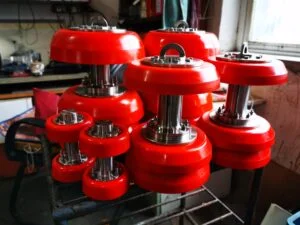
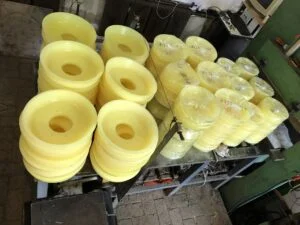
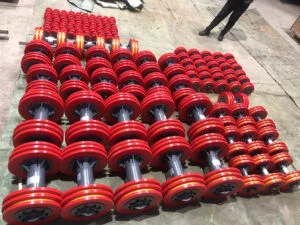
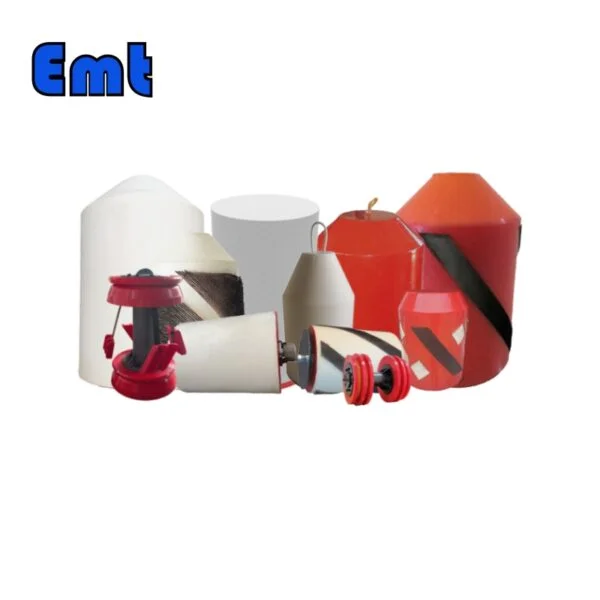
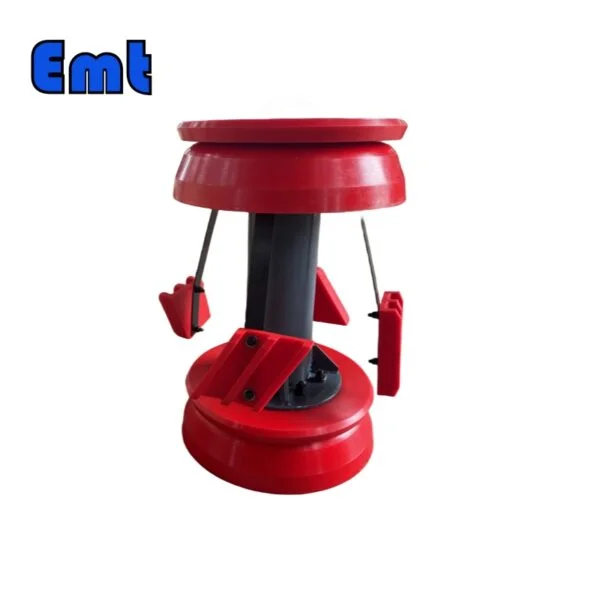
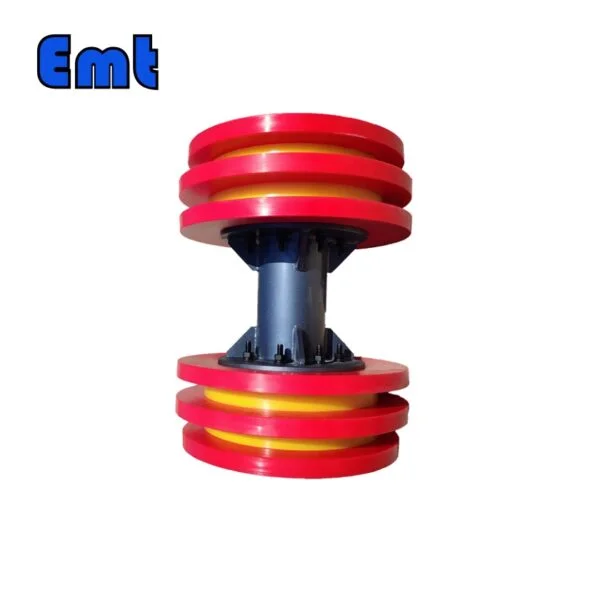
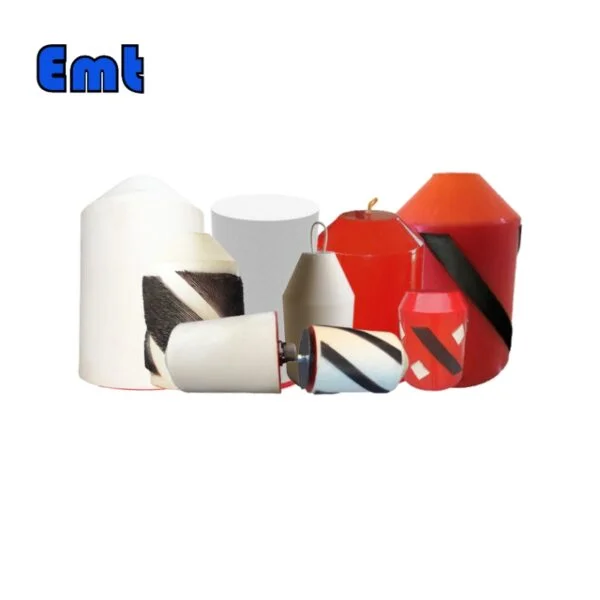
Reviews
There are no reviews yet.